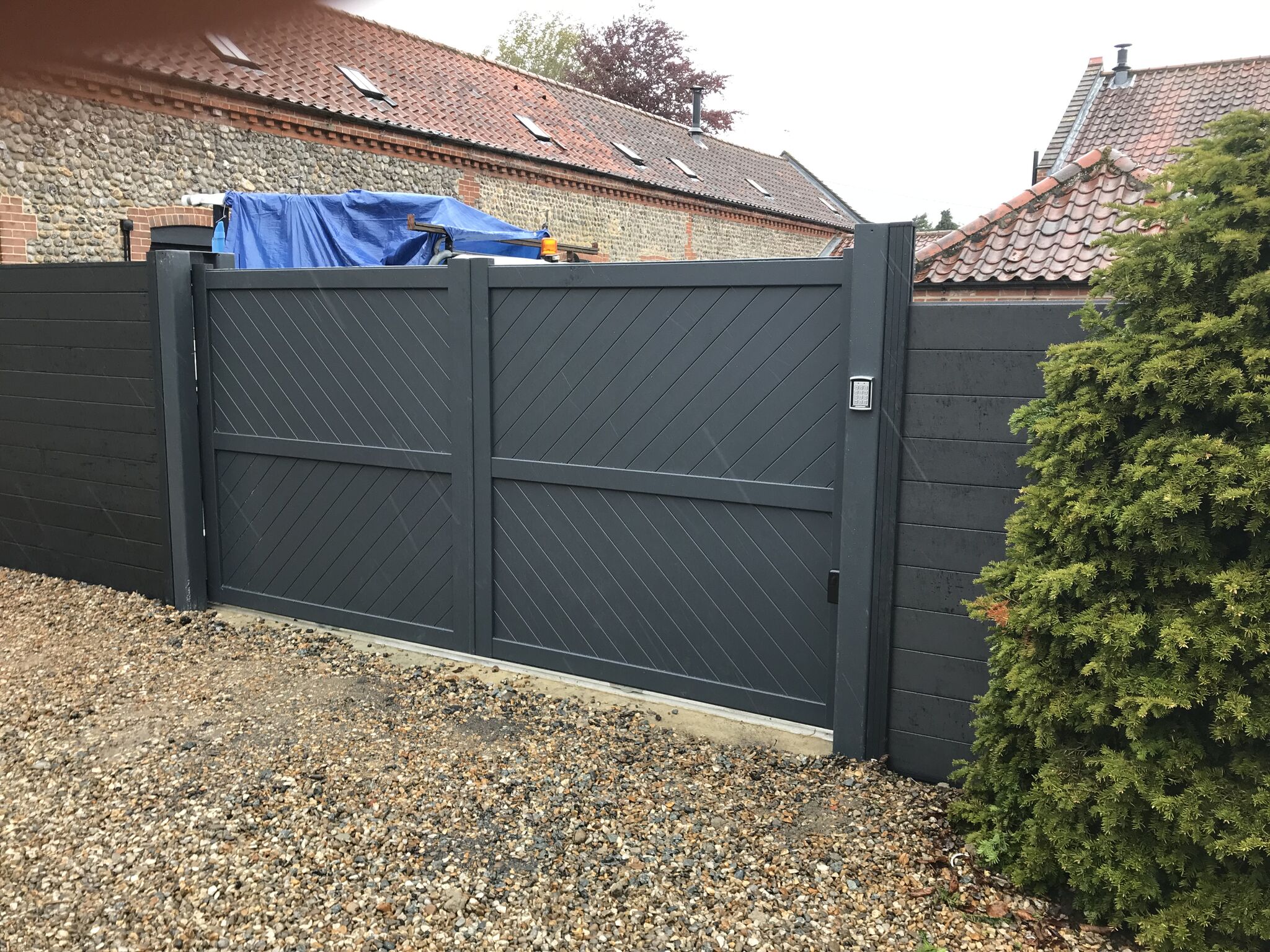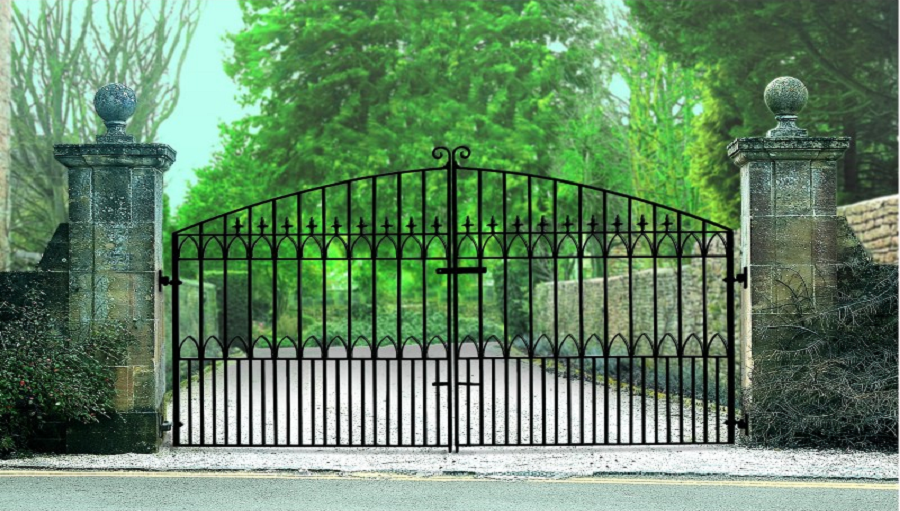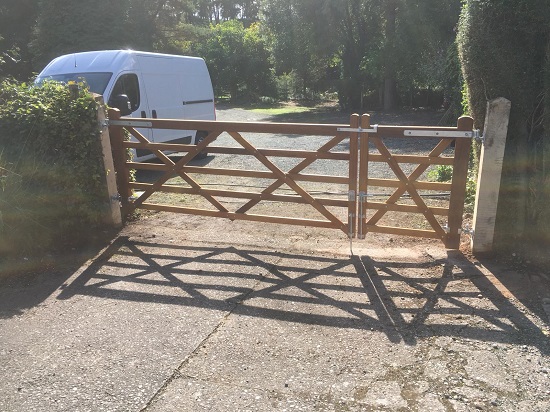When considering home improvements, we often think about adding value to our property. Installing a new kitchen or bathroom can be expensive but typically increases resale value. What about smaller projects like new gates? Do attractive gates at the front of your home add value or are they merely a decorative feature? Below we’ve listed some of the key factors to consider –
Functionality First
Gates serve the practical purpose of securing our property and limiting access. Sturdy, high-quality gates keep unwelcome visitors out. They also prevent pets and small children, from wandering into the road. Gates across driveways and side passages act as barriers, forcing visitors to use the front door. Its these safety and security features that should be a top priority for many home buyers, as functionality in some cases can be just as important (if not more) than aesthetics. Fortunately, strength and aesthetic appeal don’t have to be mutually exclusive when selecting new gates.

Kerb Appeal
Estate agents talk about the importance of “kerb appeal” – the impression your home makes from the street. The first thing potential buyers see when they arrive at your property is the front garden and facade. Attractive gates immediately create a good impression, suggesting that attention and care has been paid to the exterior. Gates introduce and define the property, creating a sense of privacy and exclusivity. Wrought iron and timber options in classic designs have an upmarket appearance, while automated electric gates add a touch of grandeur. Contemporary metals and glass can create a strikingly modern statement. Kerb appeal translates to interest and viewers.

Suitability for the Area
The value added by gates is very much dependent on the location and existing aesthetics of the area. Prime locations in affluent suburbs or dotted rural villages may have a specific style. New gates should be sympathetic to the surroundings. Period designs suit older properties in heritage areas, while contemporary options work well in modern settings. Gates require planning permission if they open out onto a public pavement or road, so they need to meet certain regulations too. Seeking inspiration from what exists in your neighbourhood is a good place to start.

Ongoing Maintenance
When calculating the return on investment for new gates, don’t forget to factor in future maintenance. The initial outlay may seem high but this is offset if the gates last for decades rather than years. Check what the gates are constructed from and how prone to corrosion or decay this material is, especially in oceanfront or rural locations. Timber looks attractive but will likely need regular sanding and staining to upkeep the finish. Wrought iron is long-lasting but still benefits from repainting every 5-10 years. Ensure any moving parts are well-oiled. Automated gates require specialist safety checks and servicing. The small task of keeping gates looking pristine will pay off in protected value.


Leave a Reply